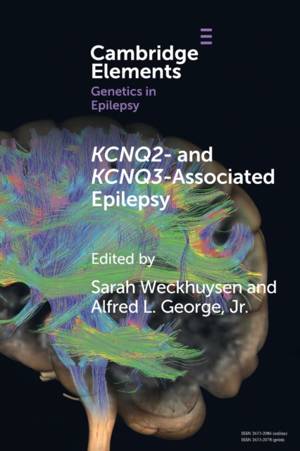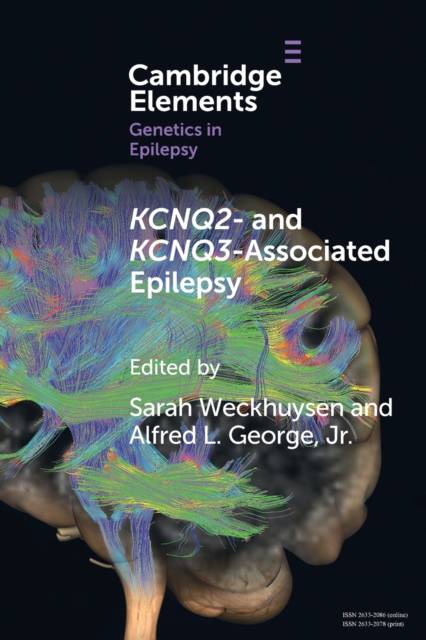
Je cadeautjes zeker op tijd in huis hebben voor de feestdagen? Kom langs in onze winkels en vind het perfecte geschenk!
- Afhalen na 1 uur in een winkel met voorraad
- Gratis thuislevering in België vanaf € 30
- Ruim aanbod met 7 miljoen producten
Je cadeautjes zeker op tijd in huis hebben voor de feestdagen? Kom langs in onze winkels en vind het perfecte geschenk!
- Afhalen na 1 uur in een winkel met voorraad
- Gratis thuislevering in België vanaf € 30
- Ruim aanbod met 7 miljoen producten
Zoeken
KCNQ2- and KCNQ3-Associated Epilepsy
€ 33,45
+ 66 punten
Omschrijving
KCNQ2 and KCNQ3 encode subunits (KV7.2, KV7.3) that combine to form a voltage-gated potassium ion (K+) channel responsible for generating an ionic current (M-current) important for controlling activity in the nervous system. Pathogenic variants in both genes are associated with a spectrum of genetic neurological disorders that feature epilepsy of variable severity and can be accompanied by debilitating impaired neurodevelopment. These two genes were among the first discovered causes of monogenic epilepsy, and are frequently identified in persons with early-life epilepsy. This Element provides a comprehensive review of the clinical features, genetic basis, pathophysiology, pharmacology and treatment of these prototypical neurological disorders accompanied by perspectives shared by affected families and scientists who have made seminal contributions to the field. This title is also available as Open Access on Cambridge Core.
Specificaties
Betrokkenen
- Uitgeverij:
Inhoud
- Aantal bladzijden:
- 110
- Taal:
- Engels
- Reeks:
Eigenschappen
- Productcode (EAN):
- 9781009278263
- Verschijningsdatum:
- 1/12/2022
- Uitvoering:
- Paperback
- Formaat:
- Trade paperback (VS)
- Afmetingen:
- 152 mm x 229 mm
- Gewicht:
- 158 g

Alleen bij Standaard Boekhandel
+ 66 punten op je klantenkaart van Standaard Boekhandel
Beoordelingen
We publiceren alleen reviews die voldoen aan de voorwaarden voor reviews. Bekijk onze voorwaarden voor reviews.








